
19-12-2025 10:10
Patrice TANCHAUDBonjour, récolte réalisée en milieu dunaire, a

18-12-2025 17:23
 Bruno Coué
Bruno Coué
Bonjour,je serais heureux d'avoir votre avis sur c

18-12-2025 21:17
Pol DebaenstThe identification took me to Byssonectria deformi

18-12-2025 18:07
Margot en Geert VullingsThese plumes were found on rotten wood.They strong

17-12-2025 18:35
 Michel Hairaud
Michel Hairaud
Bonjour à tous/Hi to everyone I am passing along

15-12-2025 15:48
 Danny Newman
Danny Newman
Melanospora cf. lagenaria on old, rotting, fallen

15-12-2025 15:54
 Johan Boonefaes
Johan Boonefaes
Unknown anamorph found on the ground in coastal sa

15-12-2025 21:11
 Hardware Tony
Hardware Tony
Small clavate hairs, negative croziers and IKI bb

15-12-2025 07:09
 Danny Newman
Danny Newman
indet. Rutstroemiaceae sp. on unk. fallen leavesMc
I am not able to locate this Valsacea (I presume). I hope that the following data and the photoes are enough for the location. Asci are 33-45(50)x5-6 micron about (only 8-spored) and ascospores (hyaline and without septa) are 8-12x2-2,5 micron about. In each stroma (whitish and 0,6-1 mm in diameter about) from 8 to 22 necks are visible. It is on dead and land branches of Cupressaceae in the month of November.
Erio

Below are data from ARS database.
May be it helps.
Alex
Leucostoma kunzei:
Cupressus macrocarpa: Ukraine
Valsa abietis:
Cupressus macrocarpa: Portugal
Valsa ambiens - (Valsa ambiens subsp. ambiens):
Cupressus sargentii: Ukraine
Valsa friesii:
Cupressus sempervirens: Ukraine
Valsa sp.:
Cupressus duclouxiana: China

= Valsa kunzei (Fr.) Fr., (1846)
The pathogenic fungus, Leucostoma kunzei is the causal agent of Leucostoma canker (also known as Cytospora canker or spruce canker) a disease of spruce trees found in the Northern Hemisphere, predominantly on Norway spruce (Picea abies) and Colorado blue spruce (Picea pungens). This disease is one of the most common and detrimental stem diseases of Picea species in the northeastern United States, yet it also affects other coniferous species. Rarely does it kill its host tree; however, the disease does disfigure by killing host branches and causing resin exudation from perennial lesions on branches or trunks

Hi Alex,
thank you very much for the help.
Erio
Your specimen is most probably (99%) Valsa friesii (Duby) Fuckel. To make sure, look if you can find on the same twig (or on others) its anamorph, Cytospora pinastri Fr., which has conidiomata with a single (rarely two) erumpent ostioles and numerous non-isolated embedded chambers. Both conidiomata and ascomata have no black line (conceptaculum) underneath, so it cannot be a Leucostoma.
The host looks like a Juniperus sp., no?
Could you please specify locality for your specimen as I am compiling info on distiribution of this species in Europe and beyond. Thank you.
Vera

I collected this Valsacea four times: three on Cupressus glabra and once on Chamaecyparis lawsoniana. In the collections there is some small difference in the sporal-dimensions , but the taxon appears substantially the same. I think to have never seen the anamorph Cytospora pinastri on such hosts (in November or in other months of the year) and neither the black line underneath. The collections are from Forlì FC - Italy.
Erio
How different was spore size in other your collections? On Cupressaceae another species occurs, V. abietis Fr. It has quite similar stromata but smaller spores (about 5-8 x 1.5-2 mkm) and asci (up to 35 mkm long), and additional distinguishing characters of the anamorph.
Vera

the width of the ascospores is almost the same, the average of the length doesn't exceed 1,5-2 micron between a collection and another collection.
Erio
Then it all should be V. friesii. In these two species spore length almost don't overlap. PLus, asci dimension and anamorphs are reliable characters.
Vera

thank you very much for your help too!!
Erio

Dear Erio
Here is the description about which you asked me (from Munk, 1957)
Alex


thank you very much again!!
Ciao
Erio

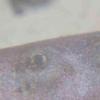
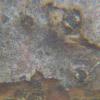


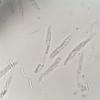
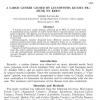
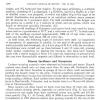
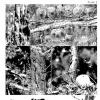
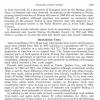

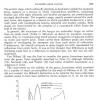
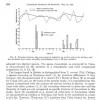
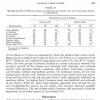
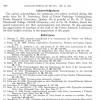
 Leucostoma-kunzei-0001.pdf
Leucostoma-kunzei-0001.pdf